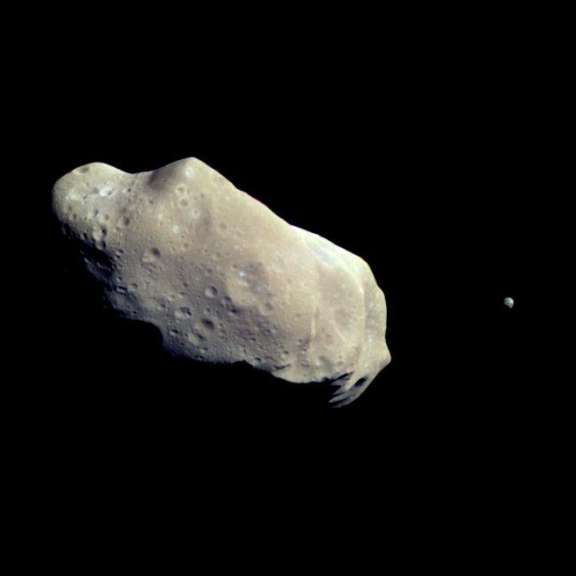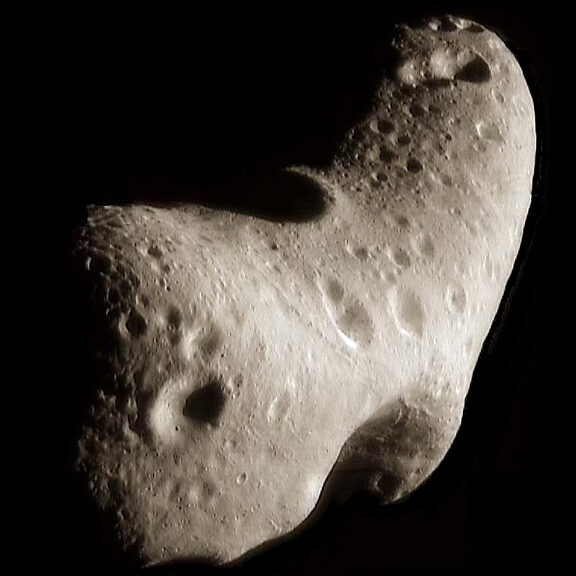All
All
Stories, updates, insights, and original analysis from The Planetary Society.
Dawn Journal: Staying warm en route to Ceres
Marc Rayman's latest Dawn journal explains the temperature adjustments engineers make to save power and keep the spacecraft warm.
Dawn Journal: Revisiting orbital mechanics
Now that Dawn has changed its speed by nearly eight kilometers per second, Marc Rayman revisits the concept of orbital velocity.
Dawn Journal: Vesta's Mountains, Gorges and Craters
As Dawn continues thrusting toward Ceres, Marc takes a look back at the intrepid spacecraft's discoveries.
Dawn Journal: Faraway Viewing Through the Mind's Eye
As Dawn treks onward to Ceres, its path will cross within a few degrees of the moon as seen from Earth on Jan. 21–22.
Dawn Journal: Hydrazine Haste Makes Waste
By saving fuel, Dawn will arrive at Ceres in 2015 with about half of the 45.6-kilogram (101-pound) hydrazine supply it had when it rocketed away from Cape Canaveral.
Planetary Radio: A Dawn Mission Update
A Planetary Radio status report from the Dawn mission's Marc Rayman, accompanied by a fascinating video tour of Marc's at-home collection of space information and memorabilia.
Dawn Journal: Scary-Good Ion Propulsion
Dawn continues to raise its orbit en route to its 2015 date with Ceres. Also, Marc prepares his high-energy Halloween costume.
Why haven't we found evidence for life starting in asteroids?
Here's a theoretical paper that asks an interesting question: When the solar system was very young and still very hot, could medium-sized asteroids have been habitable abodes for life?
The scale of our solar system
Space.com has taken advantage of the infinitely scrollable nature of Web pages to produce a really cool infographic on the scales of orbital distances in the solar system.
So far, no moons found at Ceres or Vesta
Since the Galileo mission discovered tiny Dactyl circling Ida in 1993, quite a lot of asteroid systems have been found to be binary; there are even a few triples. So it's quite reasonable to guess that two of the biggest asteroids, Ceres and Vesta, might also have satellites.
LPSC 2011: Day 1: Small bodies
Here are some of the noteworthy items from the morning's session on
How does Lutetia compare to the other asteroids and comets visited by spacecraft?
Almost a week after Rosetta flew past Lutetia, the asteroid is now a distant pinprick of light to the spacecraft, and the science team is getting down to the business of analyzing their data.


 Explore Worlds
Explore Worlds Find Life
Find Life Defend Earth
Defend Earth


 Sun
Sun Mercury
Mercury Venus
Venus Earth
Earth Mars
Mars Jupiter
Jupiter Saturn
Saturn Uranus
Uranus Neptune
Neptune Small Bodies
Small Bodies







